City College of San Francisco Celebrates Maya Culture – Past and Present
By Beth Lederer
bethlyn2020@gmail.com
The pride of the Maya People were in full display at City College this week both at the Ocean and Mission campuses as Maya culture was celebrated through contemporary Maya artists, poets, an indigenous photographer, textiles, oral history, a huge parade, colorful traditional clothing, dance and food.
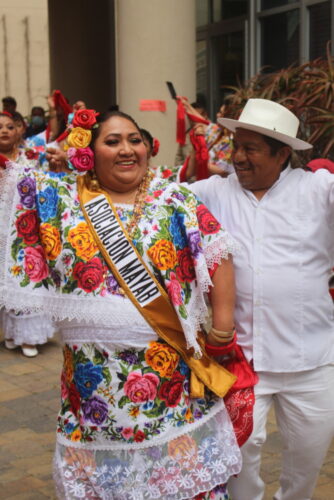
When we hear about the Maya people many think of a great ancient civilization. They were known for their architecture; stone buildings and pyramid temples, agriculture based on corn (maize) beans and squash, ceremonial centers, advanced technologies of irrigation, Maya calendar, astronomy, hieroglyphics, sculptures, textiles and indigenous languages.
A common misconception is that Maya people are not alive today when in fact, there are around 7 million people that are descendants of the ancient Mesoamerican civilization spread over five countries, Mexico, Honduras, Guatemala, Belize and El Salvador.
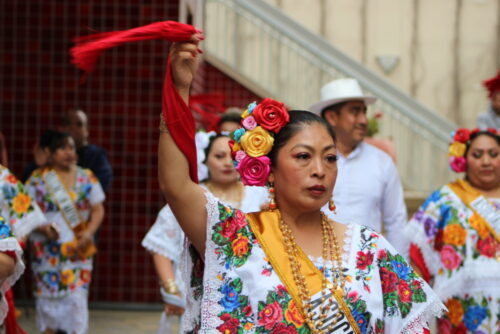
In the Bay Area there are an estimated 30,000 Maya descendants with large communities of Maya from the Yucatan Peninsula residing in San Francisco’s Mission District, and the Maya from Guatemala called Mam, making their home in Oakland.
The Guatemalan Civil War from 1960 to 1996 was brutal, killing over 200,000 Maya people and the military decimated many villages by burning their crops. Famine, economic instability, violence, lack of opportunity and natural disasters all caused socio economic hardships which led to mass migration to the United States starting in 1970.
Rita E. Moran, Steven Mayers and Pedro Tuyub are visionaries as the organizers of the second Bay Area Maya Festival that took place at City College of San Francisco on September 16, highlighting the culture and resilience of the Maya people.
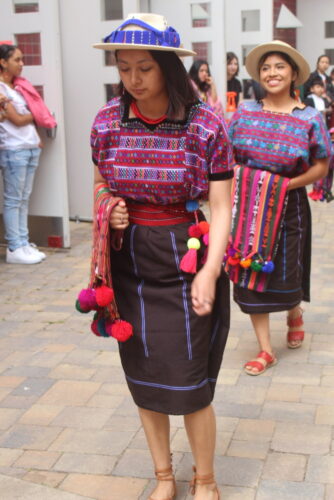
Tuyub is Maya from the Yucatan. Tuyub see’s his role in the Maya festival as a connector bringing the people, services and organizations together.
Tuyub is working to help and educate the Maya community. “How we visualize the festival to be from now on. We bring social services, people come to speak about public benefits, tenant rights, we have workshops regarding interpreting Mayan language either Yucatec, Mam, and K’iche’.” Tuyub continues, “so we have people to come and invite other people to learn so they can work through courts as interpreters, so they can help their community.”
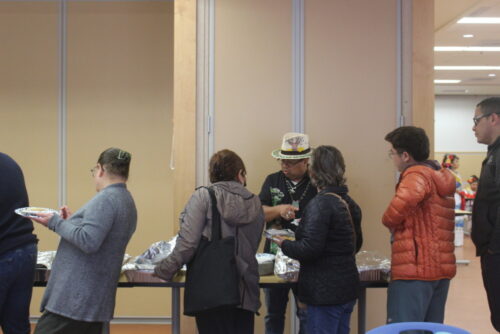
Rita E. Moran was a professor of ESL at City College and is Director at Maya Women: The Helen Moran Collection, author and a lifelong activist. Moran has brought her private collection of beautiful images of contemporary Maya artists to the Rosenberg Library in Maya Women Life, Art Hope. Moran has been loaning her collections of Maya artists since 2010 to libraries and colleges.
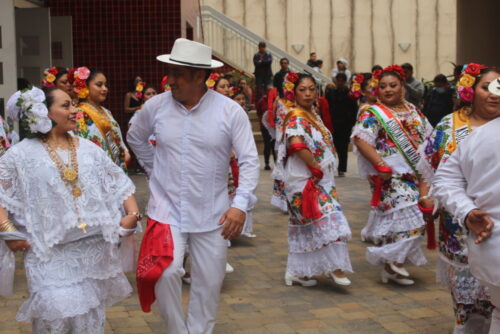
The Maya Women collection is on loan to City College from August 15 to December 15. Through either visiting the exhibit at the Rosenberg Library or the website MayaWomeninArt.org there is a vast knowledge of information out there to explore.
This is a tremendous learning opportunity to dig into Maya culture and traditions, learning through the paintings about many areas of Maya culture and rituals; the Maya wedding, feasts, ceremonies, giving birth, funerals, economic stature, weaving patterns distinct to individual villages, trade, agriculture, traditional clothing and religion.
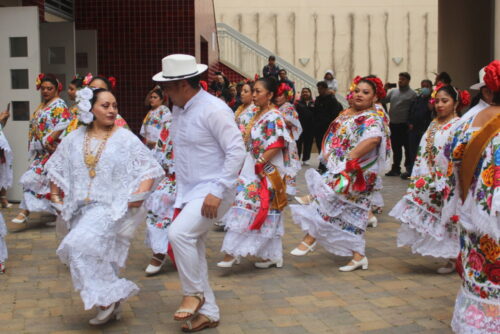
The collection is a resurrection of Maya painting styles through contemporary artists. Moran’s paintings in the collection are made by some very established Maya artists who use vibrant colors, fine lines, an eye for detail, and traditional weaving patterns on clothing to depict the authenticity of the Maya culture.
Beatriz Herrera, professor of Latin American Studies attended the Reception at Rosenberg Library on September 14. What Herrera liked, “The painting centers the voices of indigenous Maya people, the beauty and the history of resistance to colonization,” said Herrera.
The Maya people always had their own language and there are about 30 dialects spread over the five countries that are spoken today. For many Maya people Spanish may be their second language.
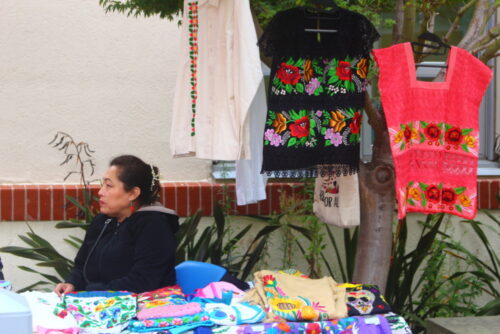
Oswaldo Martin was one of the lecturers at the Mission campus teaching a class on Contract Mayan Interpreting, Business Strategies. He is an interpreter in the courts and spoke about the challenges of interpreting because of the many dialects of the Mayan language. Martin is also a student of engineering and is often dressed in traditional Maya attire.
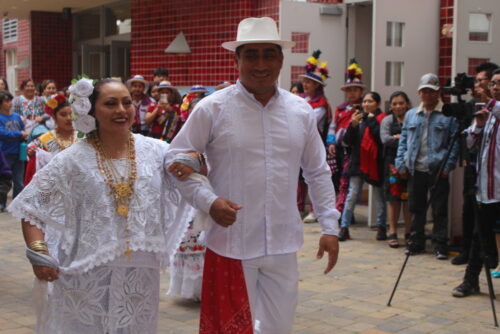
Providing services within their community and obtaining help in the courts, jobs, housing and health systems is vital because of the challenges the Maya community are facing. Many classes that were offered at the Mission campus were centered around daily living topics. Martin spoke about having interpretation for these social services. Some Maya people do not read or write the language, rather it has been passed down through speech and active storytelling. Our immigration system lumps Maya people with other Latin Americans and does not distinguish their unique dialects.
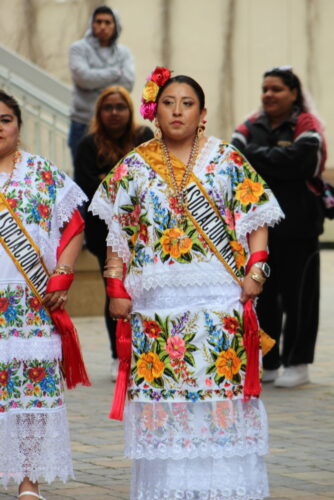
Professor Steven Mayers is an English Professor and co-director of the Puente program at City College. He also was a very active participant in the Amplifying Sanctuary Voices exhibit last semester at City College. He is appreciative of the accomplishments of the Maya culture and believes there is so much we can learn.
“Already you can visit hundreds of temples, but there is still so much under the ground that the Maya civilization built. Their civilization was huge like the Egyptians. The Mayans have a way of farming called the Milpa. It’s traditional farming, a small farm, organic and diversified crops. And when you go back to climate change, I think you know that this indigenous wisdom is what we need to learn, we need to learn from the indigenous people,” said Mayers.

Fantastic article and photos! Thank you for writing this article.